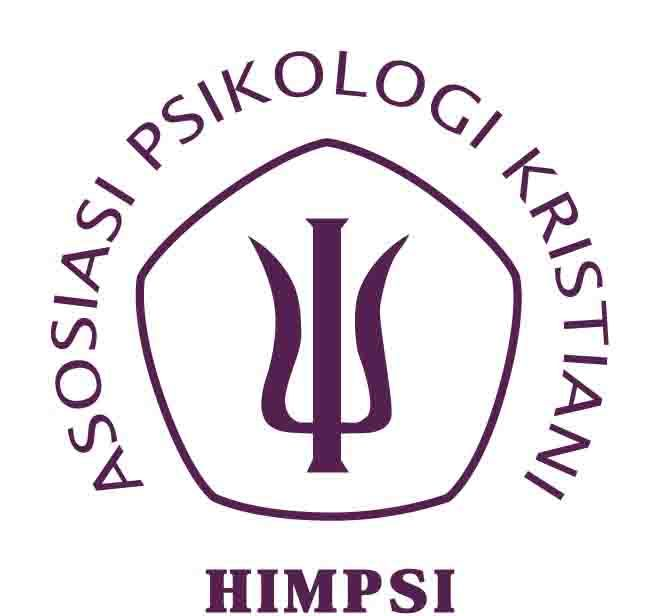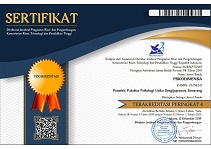Validation of Padjadjaran Memory Rehearsal Application (PMRA) as A Tool for Measuring Working Memory Using Digit Span and Knox Cube
Abstract
Keywords
Full Text:
PDFReferences
American Educational Research Association, American Psychological Association, & National Council on Measurement in Education. (1999). AERA: Standards for Educational and Psychological Testing. Washington DC, USA: American Educational Research Association.
Arieanti, Santi Novita. (2015). Perancangan Program Padjadjaran Memory Rehearsal Application (PMRA) sebagai Alat Untuk Melatih Pemfungsian Working Memory pada Anak Mild Intellectual Disability dengan Usia Mental 4-5 Tahun. (Tesis tidak dipublikasikan). Fakultas Psikologi Universitas Padjadjaran, Bandung.
Beckman, Thomas J., David A. Cook, & Jayawant N. Mandrekar. (2005). What is the Validity Evidence for Assessments of Clinical Teaching? Rochester, MN: Division of General Internal Medicine, Mayo Clinic, Journal, 1159-1164.
Dehn, Milton J. (2008). Working Memory and Academic Learning: Assessment and Intervention. Hoboken, New Jersey: John Wiley & Sons, Inc.
Gathercole, Susan E.; Susan J. Pickering; Benjamin Ambridge; & Hannah Wearing. (2004). The Structure of Working Memory From 4 to 15 Years of Age. England: American Psychological Association, Inc. Developmental Psychology, Journal 40(2), 177-190.
Puspita, Rista. (2015). Perancangan Padjadjaran Memory Rehearsal Application (PMRA) untuk Melatih Pemfungsian Working Memory pada Mild Intellectual Disability Usia Mental 8 Tahun. (Tesis tidak dipublikasikan). Fakultas Psikologi Universitas Padjadjaran, Bandung.
Vecchi, Tomaso & John T. E. Richardson. (2001). Measures of Visuospatial Short-Term Memory: The Knox Cube Imitation Test and the Corsi Blocks Test Compared. Italy & UK: Academic Press. Journal Tennet XI, 291-294.
Wilde, Nancy J., Esther Strauss, & David S. Tulsky. (2004). Memory Span on the Wechsler Scales. West Orange, NJ, USA: Psychology Press Taylor & Francis Group. Journal 26(4), 539-549.
DOI: https://doi.org/10.24167/psidim.v19i2.2191
Print ISSN : 1411-6073 | online ISSN : 2579-6321 View My Stats

This work is licensed under a Creative Commons Attribution 4.0 International License.




















